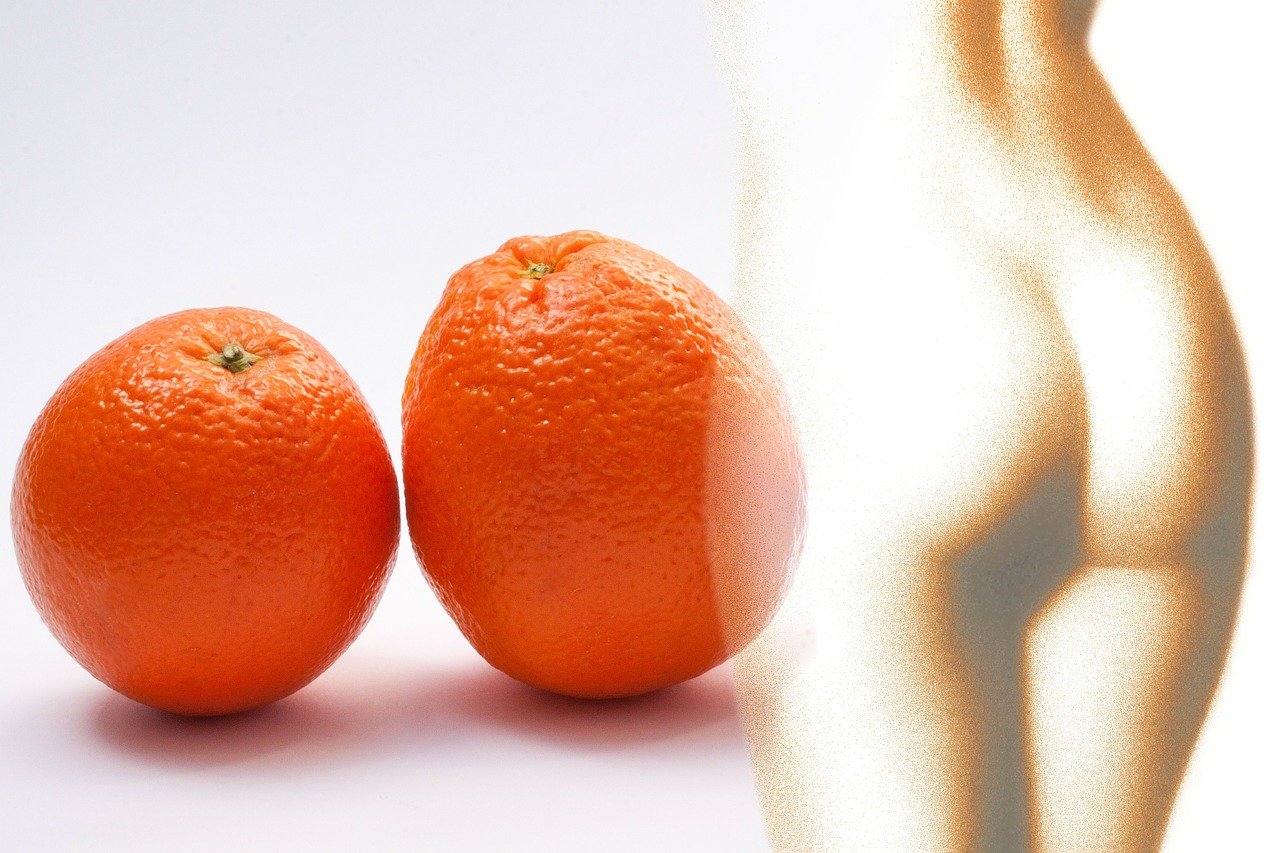
Cellulite is a common concern that affects many people, regardless of age, gender, or body type. Often referred to as “orange peel skin” or “cottage cheese thighs,” cellulite can be a source of frustration and insecurity for those who experience it.
Understanding Cellulite
Before we dive into the causes and solutions, let’s take a moment to understand what cellulite is. Cellulite occurs when fat deposits push through the connective tissue beneath the skin, creating a dimpled or lumpy appearance. It is most commonly found on the buttocks, thighs, and abdomen but can appear elsewhere on the body as well.
While cellulite can be frustrating, it’s not something you simply have to accept. A lot of people decide to seek professional cellulite removal in NYC so that they can reduce the appearance of cellulite and get their confidence back.
Causes of Cellulite
Genetics
Genetics plays a significant role in determining whether an individual is prone to cellulite. If your parents or grandparents had cellulite, you may be more likely to develop it as well. This genetic predisposition can affect the structure of your connective tissue and the distribution of fat beneath your skin.
Hormones
Hormonal changes can influence the development of cellulite. Estrogen, the primary female sex hormone, is thought to play a key role. Changes in estrogen levels, such as those that occur during pregnancy, menopause, or as a result of birth control pills, can affect blood flow, collagen production, and fat storage, all of which can contribute to cellulite formation.
Lifestyle Factors
Certain lifestyle factors can increase your risk of developing cellulite. These include:
- a. Poor Diet: Consuming a diet high in processed foods, sugary snacks, and saturated fats can lead to weight gain and an increase in fat deposits, worsening the appearance of cellulite.
b. Lack of Exercise: A sedentary lifestyle can lead to reduced circulation, muscle tone, and metabolic rate, all of which can contribute to cellulite.
c. Smoking: Smoking can weaken the skin’s elasticity and disrupt collagen production, making cellulite more visible.
d. Dehydration: Inadequate hydration can affect skin elasticity, making cellulite more noticeable.Aging
Aging
As we age, our skin naturally loses some of its elasticity and thickness. This can make cellulite more apparent, as the connective tissue beneath the skin becomes less supportive.
Body Fat Percentage
The amount of body fat you carry can influence the severity of cellulite. While cellulite can affect individuals of all body types, having a higher percentage of body fat can make it more pronounced.
What To Do About Cellulite
- Maintain a Healthy Diet
A balanced and nutritious diet can help you manage your weight and reduce the accumulation of fat beneath your skin.
- Stay Hydrated
Proper hydration is essential for maintaining healthy skin. Aim to drink at least eight glasses of water a day, and consider incorporating hydrating foods like cucumbers and watermelon into your diet.
- Exercise Regularly
Engaging in regular physical activity can help improve circulation, build muscle tone, and reduce the appearance of cellulite. Focus on both cardiovascular exercises, like brisk walking or cycling, and strength training exercises to target specific muscle groups. A combination of aerobic and resistance training can be particularly effective.
- Massage and Topical Treatments
Massage can help increase blood flow to the affected areas and temporarily reduce the appearance of cellulite. You can use a dry brush or try self-massage techniques to stimulate circulation and break up fat deposits. Additionally, some topical creams and lotions may contain ingredients that claim to reduce cellulite’s appearance, though their effectiveness varies from person to person.
- Consider Professional Treatments
If you’re looking for more immediate or intensive solutions, there are several professional treatments available. These include:
- Laser Therapy: Laser treatments can target and break down fat cells beneath the skin, promoting collagen production and smoothing the skin’s surface.
- Radiofrequency Therapy: Radiofrequency devices use heat to stimulate collagen production and tighten the skin, reducing the appearance of cellulite.
- Cellulite Reduction Procedures: Procedures like liposuction, ultrasound therapy, and cryolipolysis can be used to remove or reduce fat deposits and cellulite. Consult with a medical professional to determine which option is best for you.
- Wear Compression Garments
Compression garments, such as leggings or shorts, can help improve blood flow and provide support to the affected areas. While they may not eliminate cellulite entirely, they can temporarily reduce its appearance when worn.
Conclusion
While cellulite may not be entirely preventable, you can take steps to minimize its appearance through a combination of lifestyle changes, exercise, and, if desired, professional treatments.
See some more of my beauty posts here
